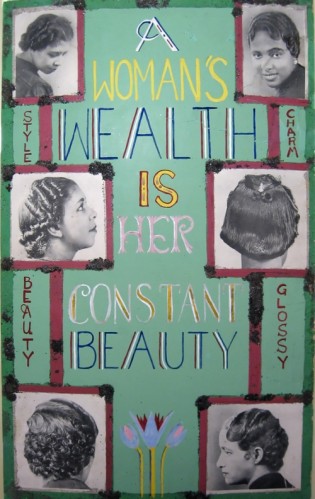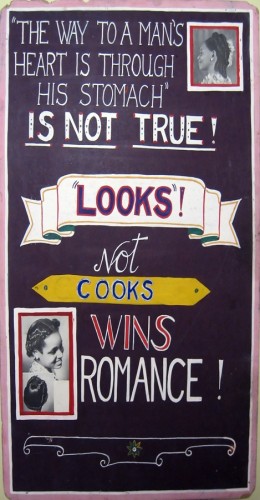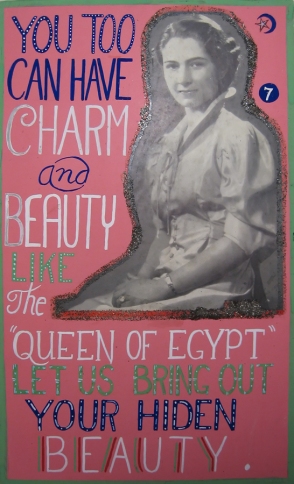A gallery at Time Magazine offered a set of photographs that counter the frequent representations of Saudi women as (veiled) and downtrodden. The slide show features professional women at work.
Daneh Abuahmed, Rotana’s head of information technology:

Dr. Maha Al Muneef, Executive Director of the National Family Safety Program:

Sultana al Rowaili, the head of human resources at Rotana:

Members of the National Family Safety Program:

Norah Al Malhooq, administrator King Faisal Specialist Hospital and Research Centre:

—————————
Lisa Wade is a professor of sociology at Occidental College. You can follow her on Twitter and Facebook.









